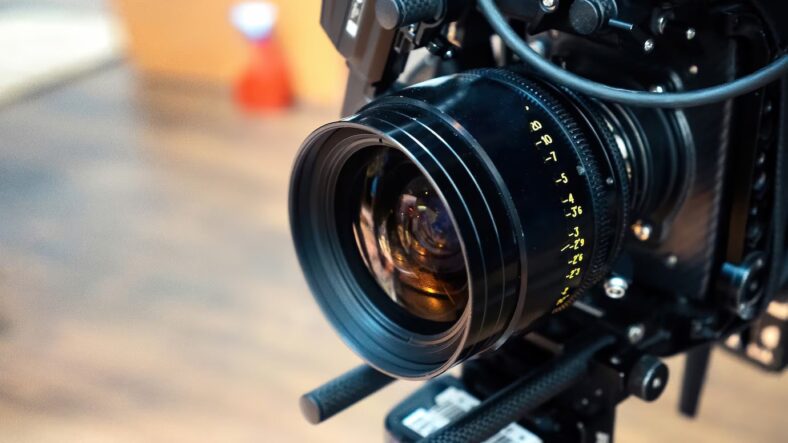The magic of slow-motion footage has the power to captivate audiences and elevate storytelling to new heights. Whether it’s capturing the grace of a dancer’s movement or the subtle details of a fleeting moment, slow motion adds a layer of cinematic enchantment that transcends traditional filmmaking. In this exploration of the art and science behind slow-motion footage, we will unravel the tips and techniques to create truly mesmerizing visuals.
1. Choose the Right Frame Rate:
Selecting the appropriate frame rate is crucial for achieving the desired effect. Higher frame rates, such as 120 fps or 240 fps, allow for ultra-smooth slow-motion sequences. However, the ideal frame rate depends on the specific action you’re capturing. Experiment with different frame rates to find the sweet spot for your subject, ensuring a balance between fluidity and dramatic effect.
2. Lighting is Key
Proper lighting is essential for any video production, but it becomes even more critical in slow-motion shooting. Slowing down the frame rate reduces the amount of light hitting the sensor, potentially resulting in underexposed footage. Make sure to have sufficient lighting to maintain clarity and detail in your slow-motion shots. Consider using external lights or shooting during the golden hours for natural, soft lighting.
3. Embrace Movement and Fluidity
Slow motion is perfect for emphasizing the fluidity of motion. Experiment with dynamic subjects like flowing water, billowing fabrics, or even hair in motion. The slowed-down pace allows viewers to appreciate the subtle beauty of these elements, turning mundane scenes into visually stunning compositions.
4. Focus on Storytelling
While slow motion can be visually captivating on its own, it becomes truly powerful when integrated seamlessly into the narrative. Use slow motion to highlight key moments in your story, evoking emotions and creating a lasting impact on the audience. Consider the emotional resonance of each shot and how it contributes to the overall storytelling experience.
5. Smooth Transitions
Incorporate smooth transitions between regular-speed footage and slow-motion sequences to create a seamless flow. This technique adds a layer of sophistication to your video and prevents abrupt shifts that may distract the viewer.
6. Experiment with Speed Ramping
Speed ramping involves gradually changing the speed of your slow-motion footage within a single shot. This technique adds a dynamic element to your visuals, enhancing the overall impact. Use speed ramping judiciously to draw attention to specific actions or moments.
Conclusion
Mastering the magic of slow motion opens up a realm of creative possibilities in videography. By understanding the technical aspects, embracing creative composition, and enhancing your footage in post-production, you can create captivating visuals that leave a lasting impression on your audience. So, grab your camera, experiment with frame rates, and let the enchantment of slow motion transform your filmmaking journey.
